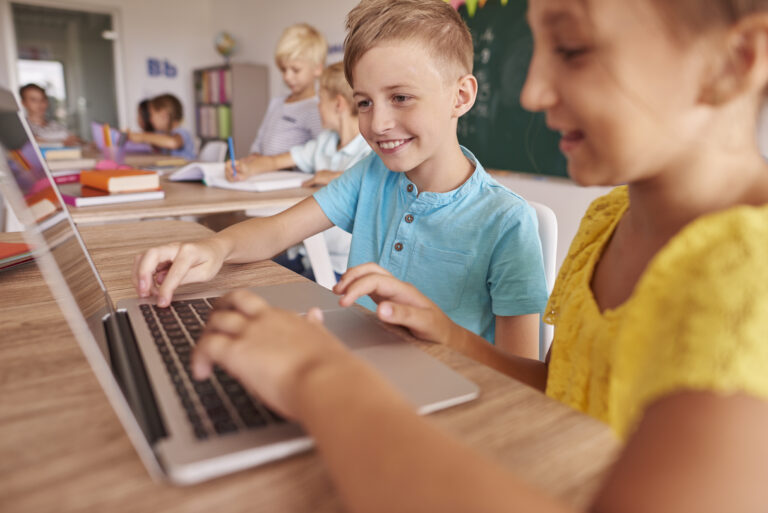In the ever-evolving landscape of education, fostering an inclusive environment that caters to the diverse needs and learning profiles of students is paramount. The utilisation of diverse teaching methods, multimedia resources, and varied assessment strategies not only engages students on multiple levels but also supports storytelling in powerful ways. This article explores the transformative impact of these elements in classrooms, emphasising their role in empowering students, supporting storytelling, and nurturing a rich, inclusive learning experience, all in the context of an Erasmus+ project called Role models for pupils with disabilities.

Diverse teaching methods & multimedia resources
One size does not fit all in education, and the acknowledgment of this truth lies at the heart of modern teaching practices. Diverse teaching methods, ranging from collaborative projects and hands-on activities to Socratic discussions and flipped classrooms, recognise and celebrate the unique learning profiles and the different needs of students. This approach ensures that every individual, regardless of their preferred learning style, has an opportunity to engage with the curriculum in a way that resonates with them. By fostering a dynamic and inclusive learning environment, diverse teaching methods lay the foundation for a classroom where every student feels seen and heard.
The power of storytelling is elevated when accompanied by a rich array of multimedia resources. Textbooks alone no longer suffice to capture the attention and imagination of today’s students. Incorporating images, videos, audio, interactive presentations, and different storytelling techniques not only caters to diverse learning preferences but also adds layers to the narrative. Multimedia resources provide a visual and auditory dimension to stories, making them more accessible and engaging for students with varying strengths and preferences. In doing so, storytelling becomes a dynamic and inclusive experience, reflective of the diverse world in which pupils live.
During the creation of the materials for the Role models project, we tried to privilege the holistic approach by providing ebooks that contain images and audio recordings, to cater also to the visually impaired and blind students. We’ve also tried to create content whose linguistic level is adapted to the needs and possibilities of our target – the pupils aged 6 to 10. All this process has let us create a collection of ebook containing multimedia resources. After the testing phase, we are considering enhancing the ebooks and the associated website. Many teachers have expressed the desire for all the images to be accessible independently of the ebooks. This would enable them to construct additional stories based on the image collection, expanding the creative possibilities for teaching and learning. Soon, all our resources will be available on the project’s website.
Conclusion
The harmonious integration of diverse teaching methods and multimedia resources creates an educational experience that resonates with every student. This holistic approach not only engages learners on a deeper level but also supports storytelling by providing a dynamic and inclusive platform for narratives to unfold. As educators continue to embrace these elements, they pave the way for classrooms that empower students, celebrate diversity, and cultivate a love for learning that extends beyond textbooks and into the rich tapestry of real-world stories.
Bibliography
- Mensah, R. O. (2022). The use of Audio-Visual Materials in teaching and learning process in EFFIA Junior High Schools. Technium Social Sciences Journal, 31, 106–114. https://doi.org/10.47577/tssj.v31i1.6399
